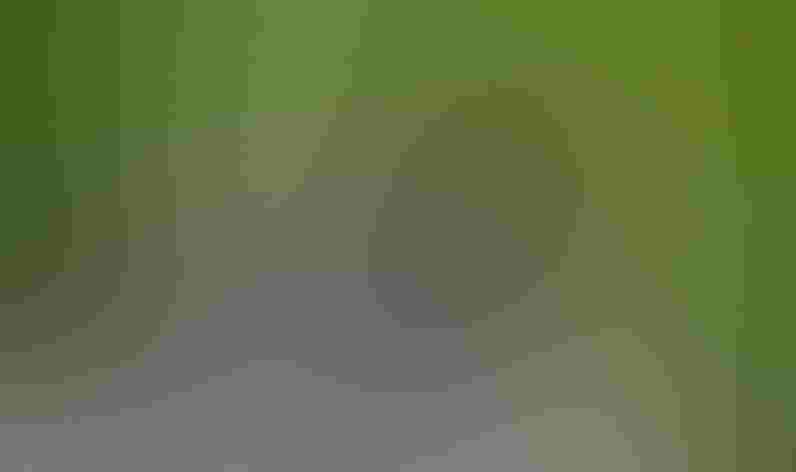Black Guillemot
At a Glance
In the northeast, this bird may be seen swimming and diving around rocky shorelines. A 'Black' Guillemot only in summer, it looks mostly frosty white in winter. Very similar to Pigeon Guillemot of Pacific Coast, and overlaps with it locally in Alaska.
All bird guide text and rangemaps adapted from by Kenn Kaufman© 1996, used by permission of Houghton Mifflin Harcourt Publishing Company. All rights reserved.
Category
Auks, Murres, Puffins, Upright-perching Water Birds
IUCN Status
Least Concern
Habitat
Coasts and Shorelines, Open Ocean
Region
Alaska and The North, Eastern Canada, New England, Western Canada
Behavior
Direct Flight, Rapid Wingbeats, Swimming
Population
750.000
Range & Identification
Migration & Range Maps
Largely permanent resident, overwintering as far north as open water allows, including openings and edges in pack ice. Small southward movement in winter brings some annually to Massachusetts, rarely farther.
Description
13" (33 cm). Very much like Pigeon Guillemot, best known by range (they overlap only in northwest Alaska). Pigeon Guillemot often shows dark wedge across wing patch, Black Guillemot does not. Underside of wing (seen in flight) is dusky on Pigeon Guillemot, mostly white on Black Guillemot.
Size
About the size of a Robin, About the size of a Crow
Color
Black, Gray, Red, White
Wing Shape
Rounded, Short
Tail Shape
Short
Songs and Calls
Shrill mouse-like squeaks.
Call Pattern
Flat, Undulating
Call Type
Chirp/Chip, Hi, Scream, Whistle
Habitat
Inshore waters of ocean; breeds on rocky shores, islands. Usually close to shore in shallow waters, but may be far offshore, especially around edges of pack ice. Sometimes feeds on freshwater lakes near coast. Nests along rocky shores, low cliffs, among debris on beaches.
Sign up for ÃÛèÖAPP's newsletter to learn more about birds like the Black Guillemot
Behavior
Eggs
1-2. Whitish to pale blue-green, spotted with black, brown, gray. Incubation is by both sexes, 23-39 days.
Young
Both parents feed young, carrying fish in bill to nest. Young depart from nest 31-50 days after hatching, before able to fly; scramble down to water alone, apparently independent after leaving.
Feeding Behavior
Forages while swimming underwater. Most foraging within 30' of surface, may rarely dive more than 100'.
Diet
Varies with place and season. May include more fish in southern part of range, more crustaceans farther north. Fish in diet (mainly those living near bottom in shallow waters) include butterfish, blennies, sculpins, gobies, sand lance, cod, many others. Crustaceans include crabs, shrimps, mysids, amphipods, copepods, isopods. Also eats some mollusks, insects, marine worms, bits of plant material.
Nesting
Usually first breeds at age of 4 years. Nests as isolated pairs or in colonies. May perform communal display: one or several birds strut with high-stepping walk, neck upstretched; may assume similar posture in water, leading to chases and diving. Members of pair face each other and bob heads, calling, sometimes touching bills. Nest site is in boulder pile, crevice near base of cliff, under driftwood or debris; usually close to water, rarely more than mile inland. Pair may re-use same site each year. Nest is thin layer of pebbles or debris, sometimes mere scrape in soil.
Conservation
Conservation Status
Wide range and scattered nesting sites probably help ensure survival. Has declined in some areas after introduction of mink or rats to nesting areas. Since 1960s, numbers wintering in Massachusetts have increased noticeably.
Climate Threats Facing the Black Guillemot
Choose a temperature scenario below to see which threats will affect this species as warming increases. The same ÃÛèÖAPP change-driven threats that put birds at risk will affect other wildlife and people, too.






